Trekking in Patagonia: 5 Things to Know
By Austin Trigg
Last year, during the Patagonian summer, Austin Trigg and his wife spent more than a month trekking through the southern part of the region. Here are a few things they wish they’d known before embarking on their adventure to the End of the World.
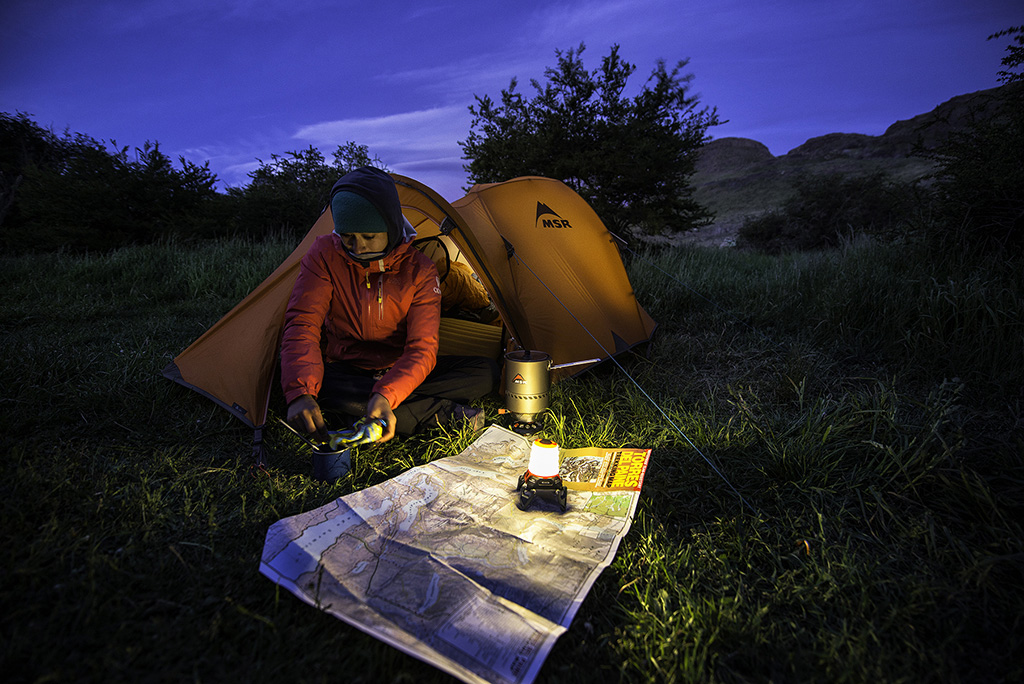
Make sure your maps are current
Maps will help for route planning—if they’re up-to-date. After six days on the Paine Circuit we found ourselves hopelessly searching for a refugio (aka campground) on Lago Pehoe; the campground turned out to be non-existent and incorrectly marked on our map. Luckily we were able to hitchhike to an astonishingly beautiful campground, Campamento Pehoe, where the groundskeeper had a good laugh with us, pointed us to this map, and shed some advice: Buy maps created in the country. In this situation, knowing conversational Spanish came through in the clutch when we had to inquire about where to go. Although there are a few small cities with English speakers in Southern Patagonia, you’re better off assuming no one speaks English. A little Spanish can go a long way, whether you are coercing someone into giving you a ride or a “piscola.”
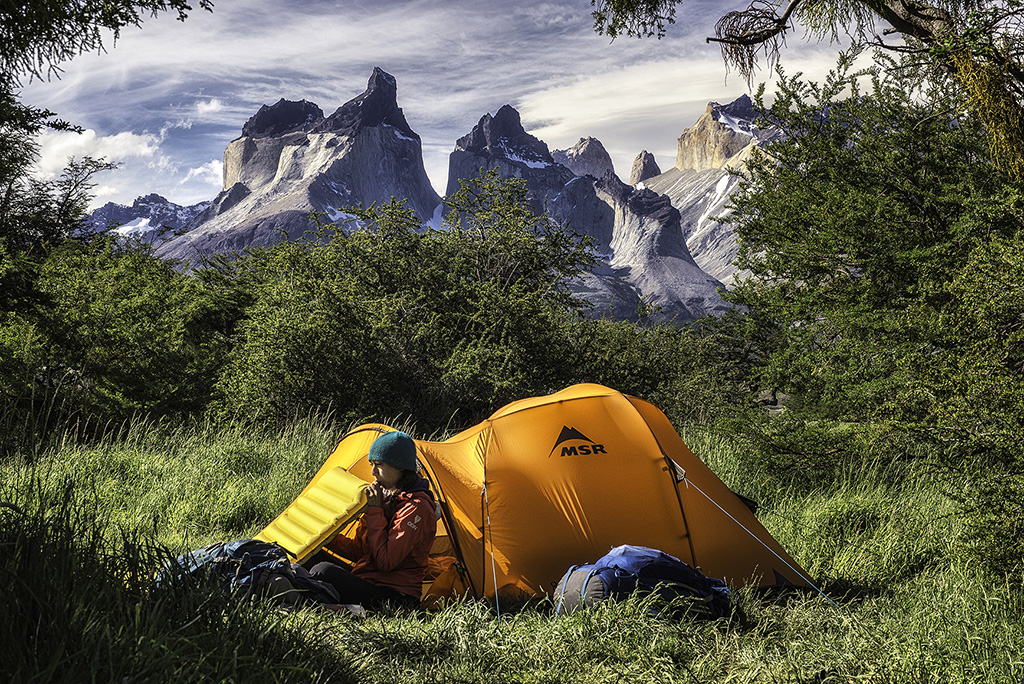
Pack these pieces of gear
Gators and trekking poles—to tackle the deep snow and mud. Without these, it would have been dangerous to cross places like John Gardner Pass and much of the Dientes Circuit, where we found extreme wind, mud and snow up to our knees.
For our tent, we brought the four-season MSR Fury 2 tent. It kept us and our gear (2 stuffed rucksacks, 25 lbs of camera gear, 15 lbs of food) completely dry even amid the soaked and puddle-laden ground. Using all of the guylines kept us safe and the tent didn’t budge in the fierce Magellanic winds.
We also brought the MSR Reactor stove, which boiled water in just over a minute despite the strong winds. Between the hot cocoa, soups, pastas, coo coos, lentils, and curries, not a night went by without warm food in our bellies.
Although a lot of the water in Patagonia is said to be pure enough that it doesn’t need treatment, my rule of thumb is to not risk getting sick. We used the ultralight MSR HyperFlow Microfilter to mitigate the potential microbial threats.
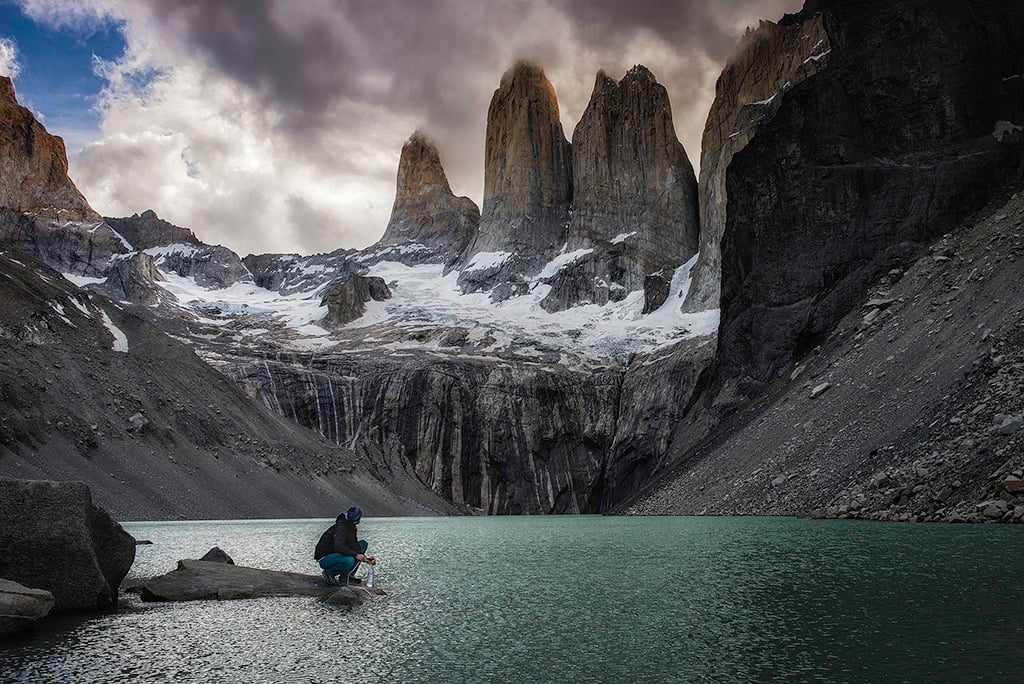
Take time to follow the cross trails
In Southern Patagonia you’ll find yourself constantly wondering where all those cross trails lead. Here, following the wonder of them is worth every bit of extra time and energy. You’ll stumble across a place you didn’t know about like Mirador de los Condores, or find yourself face to face with Las Torres. The region is speckled with these unforgettable pockets of pure beauty.
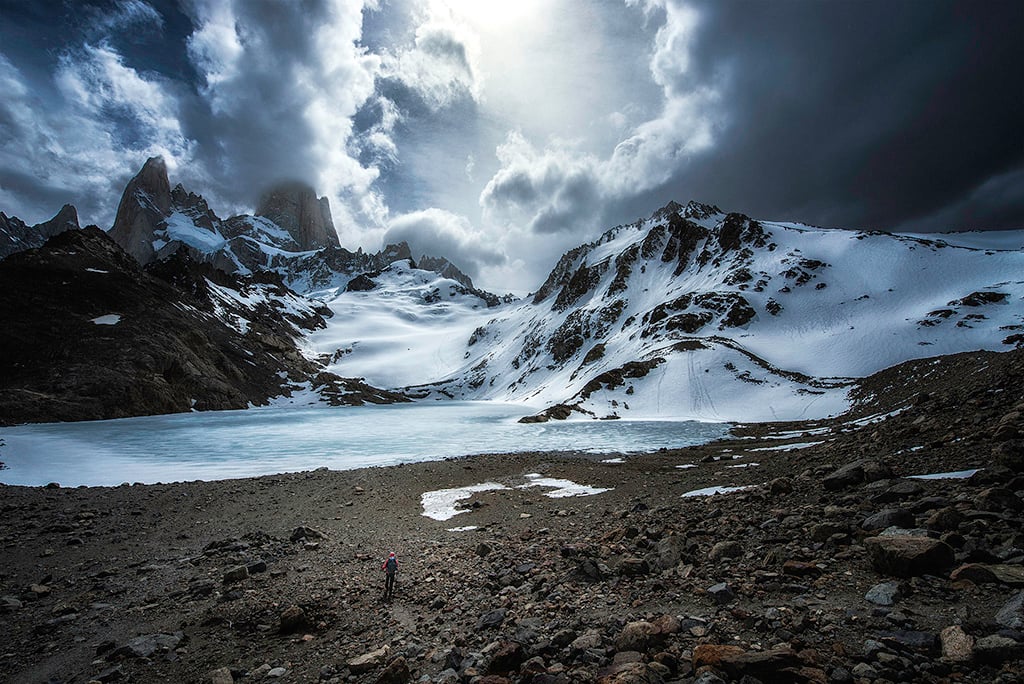
Allow for extra border crossing time
One of the main reasons the environment is so pure is thanks to a national prohibition on the transport of soil and fresh products like plants and meats across country borders. This thorough screening made our bus ride from Argentina to Chile an extra 3 hours. Also, of critical importance to U.S., Canadian or Australian citizens traveling to Argentina, you’ll need to pay a reciprocity fee and have this document with you while traveling. We saw lines of people held up at the airport who hadn’t done this. Pay it, print it out, fold it up, and stash it in your passport where it won’t get lost.
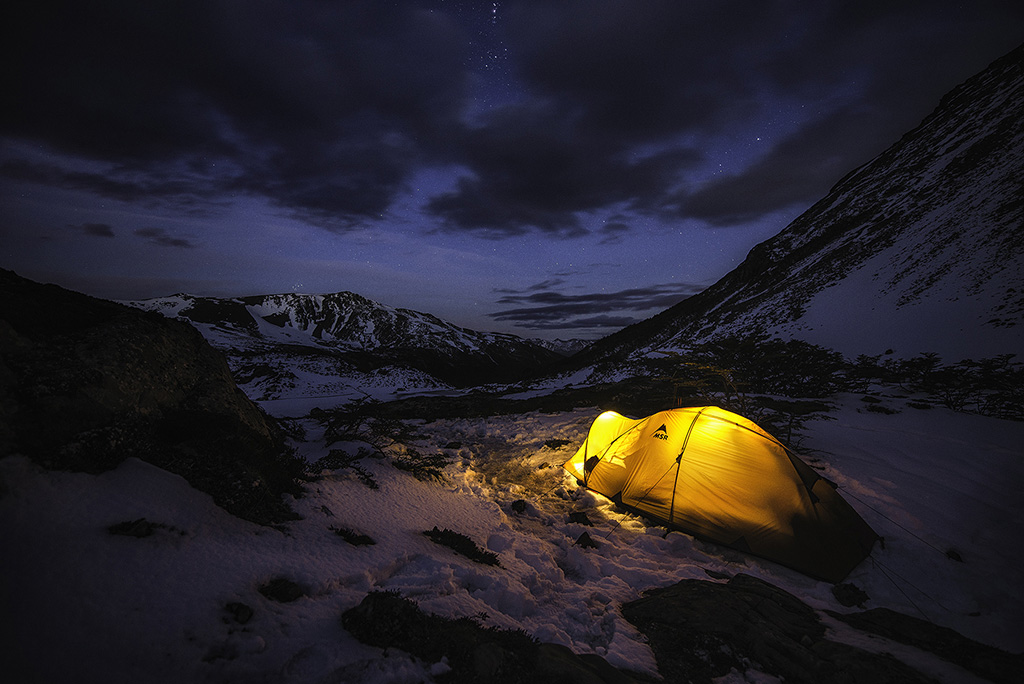
Prepare for four-season weather
Patagonia’s summer is supposed to be its mildest season, but it’s common to experience weather typical of all four seasons within a couple hours of each other. Storms are quick to blow in and enshroud many views, with no sympathy for the short amount of time you have. We learned this all too well as we sat held up on the Dientes Circuit for two days because of snow storms. Once the weather let up, we post-holed with haste up and back to Paso de los Dientes to see Cape Horn beneath overcast skies. Back in the tent, we warmed on top of the snow and under the stars, and came to realize that our bloodshot and tired eyes were in fact not tired, but burned—we had the eyelid tan lines to prove it. Lesson learned: Protect yourself from both the snow and the sun.
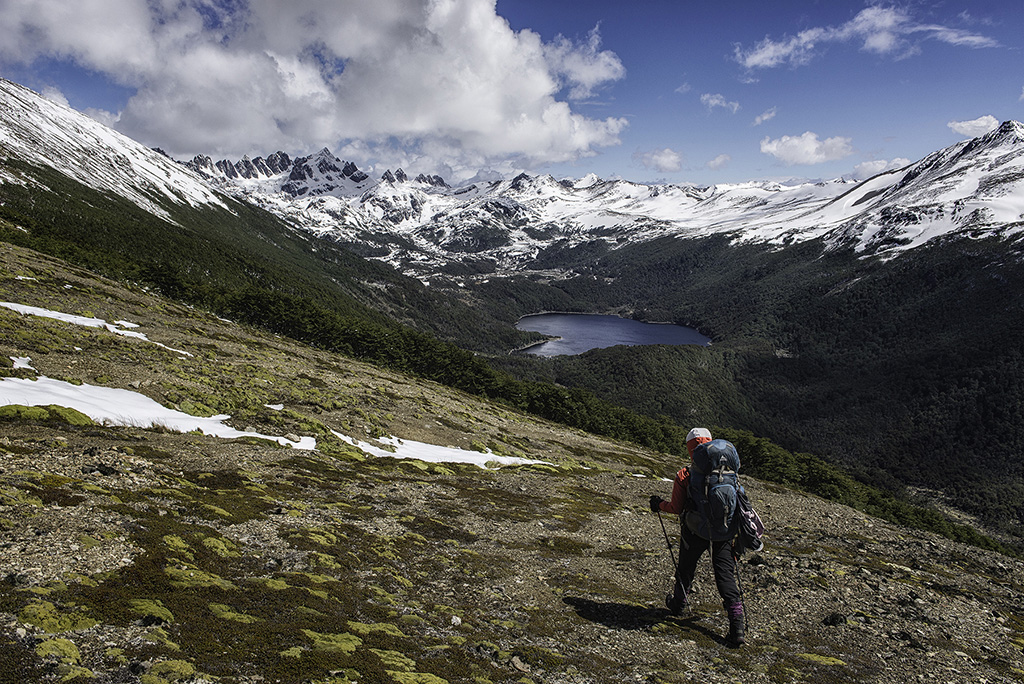
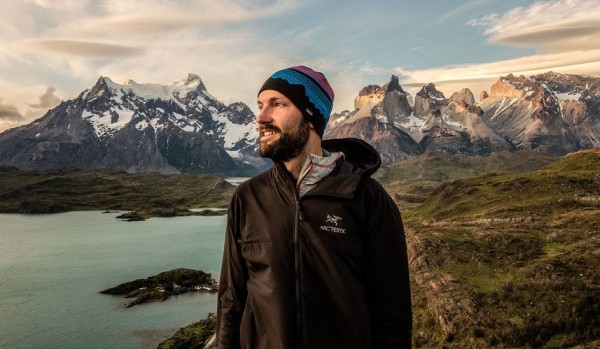 Embracing an outdoor lifestyle and with a keen sense of adventure forged early in life, Austin’s imagery captures the expansive and raw beauty of nature and those who embrace the wilderness. Highly detailed, with a passion for light and composition, Austin’s style of images draw the observer to focus on the human element of those who seek the beauty within nature.
Embracing an outdoor lifestyle and with a keen sense of adventure forged early in life, Austin’s imagery captures the expansive and raw beauty of nature and those who embrace the wilderness. Highly detailed, with a passion for light and composition, Austin’s style of images draw the observer to focus on the human element of those who seek the beauty within nature.
Austin currently resides in Southern California with his wife Shelly. Educated in Boston, Massachusetts, he mentored under Arno Rafael Minkkinen while obtaining his BFA degree in photography. With a spirit for outdoor adventure, Austin enjoys traveling to remote and unique destinations to create his work.
